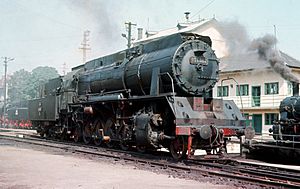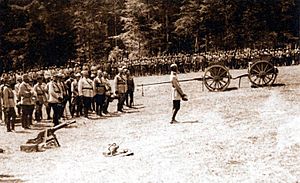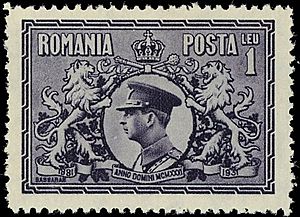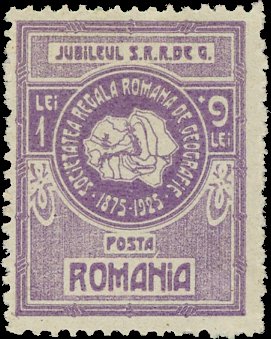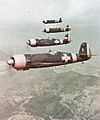Kingdom of Romania facts for kids
Quick facts for kids
Kingdom of Romania
|
|||||||||||||||||||||||||
|---|---|---|---|---|---|---|---|---|---|---|---|---|---|---|---|---|---|---|---|---|---|---|---|---|---|
| 1881–1947 | |||||||||||||||||||||||||
|
Motto: Nihil Sine Deo
"Nothing without God" |
|||||||||||||||||||||||||
|
Anthem: Trăiască Regele
"Long live the King" |
|||||||||||||||||||||||||
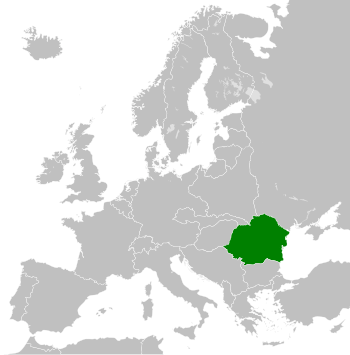
The Kingdom of Romania in 1939.
|
|||||||||||||||||||||||||
| Capital | Bucharest (1881–1916 / 1918–1947) Iași (1916–1918) |
||||||||||||||||||||||||
| Common languages | Romanian | ||||||||||||||||||||||||
| Religion | Romanian Orthodox | ||||||||||||||||||||||||
| Government | Constitutional Monarchy (1881–1938, 1944-1947) Military Dictatorship (1941-1944) Single-party Fascist State (1938-1941) |
||||||||||||||||||||||||
| King | |||||||||||||||||||||||||
|
• 1881–1914
|
Carol I | ||||||||||||||||||||||||
|
• 1914–1927
|
Ferdinand I | ||||||||||||||||||||||||
|
• 1927–1930
|
Michael I (1st reign) | ||||||||||||||||||||||||
| Prime Minister | |||||||||||||||||||||||||
|
• 1881
|
Ion Brătianu (first) | ||||||||||||||||||||||||
|
• 1940–1944
|
Ion Antonescu[a] | ||||||||||||||||||||||||
|
• 1946–1947
|
Petru Groza (last) | ||||||||||||||||||||||||
| Legislature | Parliament | ||||||||||||||||||||||||
| Senate | |||||||||||||||||||||||||
| Chamber of Deputies | |||||||||||||||||||||||||
| Historical era | Belle Époque / World War I / Interwar period / World War II | ||||||||||||||||||||||||
|
• Proclamation
|
14 March 1881 | ||||||||||||||||||||||||
| 4 June 1920 | |||||||||||||||||||||||||
|
• Constitution adopted
|
29 March 1923 | ||||||||||||||||||||||||
|
• Coup d'état of 1944
|
23 August 1944 | ||||||||||||||||||||||||
| 12 September 1944 | |||||||||||||||||||||||||
| 30 December 1947 | |||||||||||||||||||||||||
| Area | |||||||||||||||||||||||||
| 1915[b] | 138,000 km2 (53,000 sq mi) | ||||||||||||||||||||||||
| 1939[b] | 295,049 km2 (113,919 sq mi) | ||||||||||||||||||||||||
| Population | |||||||||||||||||||||||||
|
• 1915[b]
|
7900000 | ||||||||||||||||||||||||
|
• 1939[b]
|
20000000 | ||||||||||||||||||||||||
| Currency | Romanian Leu | ||||||||||||||||||||||||
| ISO 3166 code | RO | ||||||||||||||||||||||||
|
|||||||||||||||||||||||||
| Today part of | |||||||||||||||||||||||||
The Kingdom of Romania was a country ruled by a king. It existed in Romania from 1881, when Prince Karl of Hohenzollern-Sigmaringen became King Carol I. It ended in 1947 when King Michael I of Romania gave up his throne. After that, Romania became a socialist republic.
Before 1881, Romania was formed by two smaller states, Moldavia and Wallachia. These states were under the control of the Ottoman Empire. Romania became fully independent after the Russo-Turkish War in 1878.
The country's size changed over time. The "Romanian Old Kingdom" refers to Romania's territory between 1881 and 1918. After World War I, Romania grew much larger. This bigger country was called "Greater Romania". It included new areas like Bessarabia, Banat, Bukovina, and Transylvania.
However, in 1940, Romania lost some of these new territories. This happened due to pressure from Nazi Germany and the Soviet Union. Romania first joined the Axis powers in World War II. But in 1944, it switched sides and joined the Allies. This helped Romania get back Northern Transylvania.
After World War II, the Soviet Union had a strong influence on Romania. This led to the end of the monarchy. Romania became a People's Republic at the end of 1947.
Contents
The Romanian Old Kingdom (1881–1918)
The Romanian Old Kingdom describes the first independent Romanian state. It was made up of the Danubian Principalities: Wallachia and Moldavia. These two regions voted to have one ruler, Alexander Ioan Cuza, in 1859. This happened after the Treaty of Paris (1856).
Later, Northern Dobruja was added in 1878. The Kingdom of Romania was officially declared in 1881. In 1913, Southern Dobruja also became part of the kingdom.
The term "Old Kingdom" became popular after World War I. It helped people tell the difference between the original country and "Greater Romania". Greater Romania included new areas like Transylvania, Banat, Bessarabia, and Bukovina. Today, the term "Old Kingdom" is mostly used for historical reasons.
Growing Industries in Romania
When Romania became a kingdom, it already had some industries. There were steam mills built in the 1850s and 1860s. A brick factory opened in 1865, and two sugar factories in 1873. In 1857, the world's first oil refinery was built in Ploiești.
In 1880, the national railway company, CFR, was started. After Romania became a kingdom, these industries grew a lot. Six more large sugar factories were built. The railway network also expanded. A new, modern brick factory was built in 1891. Even with this growth, most of Romania's economy still came from farming.
Romania and World War I
Romania waited to join World War I. But in 1916, it declared war on the Central Powers. Romania tried to attack Transylvania, but the Central Powers quickly stopped them. By the end of 1916, they had taken over Wallachia and Dobruja. This included the capital, Bucharest, and important oil fields.
In 1917, Romanian soldiers fought bravely, especially at Mărăşeşti. However, Russia left the war after the October Revolution. This left Romania almost surrounded by enemy forces. Romania had to sign the Armistice of Focșani and later the Treaty of Bucharest in 1918.
But things changed quickly. The Allies had a successful attack on the Thessaloniki front, which made Bulgaria leave the war. So, on November 10, 1918, Romania's government quickly put its army back into the fight. This was just one day before the war ended in Western Europe.
Life After World War I
Education in Romania was not the same for everyone. Rich families often sent their sons to the best schools in Europe. But only a small number of people were highly educated. Transylvania had the most educated people in Romania. All children were supposed to go to school for at least four years. However, many did not attend. The school system also made it hard for poor children to get a higher education.
High school and college in Romania were like French schools. Students studied subjects like literature, philosophy, and law. But many students preferred these subjects over practical ones like science or engineering.
Most people in Romania were farmers, and they were very poor. This problem was made worse because many children were born. Farmers believed that giving them more land would solve their problems. After the war, they protested for land reform. This led to the 1921 land reform.
However, this reform did not improve farming much. Romanian soil was rich, but farmers did not use modern techniques. Also, Romanian farm products could not compete with those from Western Europe or North America. When the Great Depression hit, there was no market for their goods.
In 1919, about 72% of Romanians worked in farming. Their farming methods were old-fashioned. They rarely used machines or chemical fertilizers. Before the war, Romania had many large farms worked by peasants who had little or no land. After the Russian Revolution, peasants started taking land for themselves. King Ferdinand had to agree to land reform.
But the land reform did not fix the main problems. There were too many people in rural areas, and farming methods were still old. The small plots of land given to peasants were often not enough to feed their families. Peasants also continued to grow grain instead of more profitable crops. Since they had few draft animals or machines, farming was less productive than before.
Even after the reforms, landowners still controlled about 30% of Romania's land. This included forests that peasants needed for fuel. Romania also found it hard to sell its farm products abroad. This was because big producers like the United States could sell grain much cheaper.
Romania's industries were quite strong because of its many natural resources, especially oil. Wood and various minerals were produced mostly for export. However, most industries were owned by foreign companies. During the time between the two World Wars, over 70% of industries were foreign-owned.
Images for kids
-
Romanian territory during the 20th century: purple indicates the Old Kingdom before 1913, orange indicates Greater Romania areas that joined or were annexed after the Second Balkan War and World War I but were lost after World War II, and rose indicates areas that joined Romania after World War I and remained so after World War II.
-
King Carol I (1881–1914)
-
King Ferdinand I (1914–1927)
-
King Carol II (1930–1940)
-
King Michael I (1927–1930; 1940–1947)
See also
 In Spanish: Reino de Rumania para niños
In Spanish: Reino de Rumania para niños




